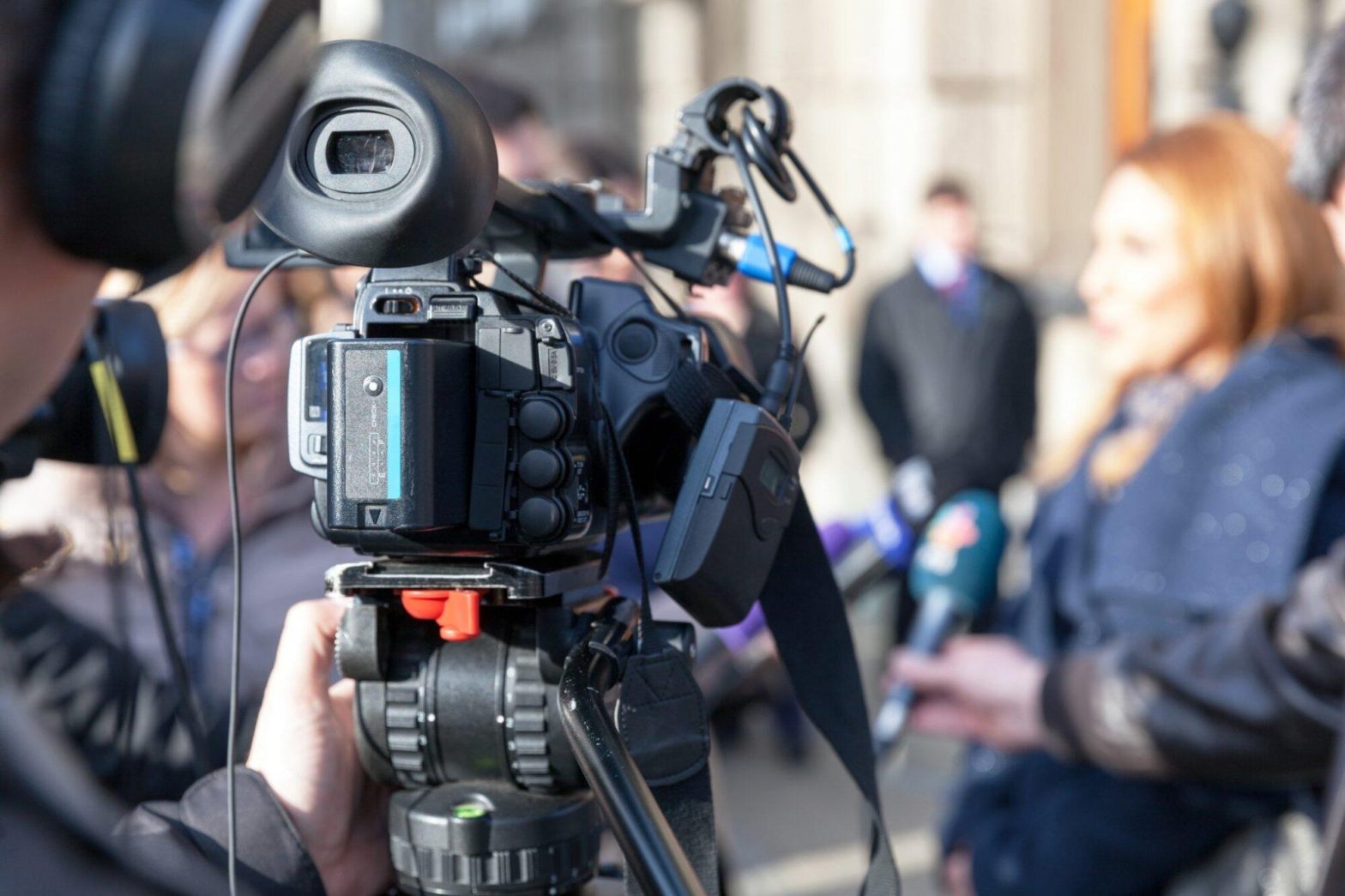The work of a PR practitioner involves constant communication with the environment in order to build the organisation's assumed image and support for it. The aforementioned environment consists of, among others: the company's employees, their families, business partners, customers, the local community, competitors, regulatory bodies and offices or industry associations. This group also includes the media - an extremely important link in PR activities.
- A good contact base is a source of success
- PR activities are not a mass mailing of newsletters
- Brand presence in the media is possible not only in the form of advertising
- Good relationships require an investment of time
- Every PR professional is bound by a code of ethics
Media relations is one of the basic PR tools. It means building and maintaining a good relationship between an organisation or company and the media. In media relations, it is extremely important that the relationship is mutually beneficial, so that specific communication of the organisation in question with the public can take place. How do you establish and maintain good relations with the media? What is the key to effective media relations? Here are 5 practical tips!

Sound research and relevant media bases
Appropriate, reliable research plays a key role in many industries. This is also particularly important in the case of PR work. The desire to establish and then maintain appropriate contacts with the media requires a high level of knowledge of the media market. It is only when we know the titles and characteristics of portals, newspapers, stations or television and radio programmes that we can prepare appropriate media databases dedicated to a given project. What is extremely important is that in researching and building databases, we should not focus solely on the titles, addresses and telephone numbers of the editorial offices. It is much more effective to contact a specific journalist specialising in a given issue, who happens to be on our agenda. In the context of creating media databases and contacting the media, the complex rules of RODO also play a key role, where not only knowledge but also experience pays off.
High quality, value and relevance of information
Press material presenting the most important information about a company or organisation is one of the basic tools of PR activities. This type of material - depending on its characteristics - is usually distributed to a wider group of selected journalists for whom the subject matter may be of interest for editorial work. With a view not only to obtaining publications, but also to maintaining appropriate relations with journalists, we must ensure that every piece of information of which we are the author and the addressee should be of the highest quality. Press material should not only be interesting and valuable, but also useful and distinctive. Journalists probably receive dozens of press materials every day, so it is not easy to stand out. It is worth remembering that information that may be very important from the perspective of a company or organisation may not necessarily be valuable to a journalist. In summary, we cannot treat a press release as a newsletter. Then we can be sure that a journalist will treat it as spam. Communication sensitivity and the ability to create relevant content plays a key role.

Appropriate, responsible and selective selection of recipients for activities
Nobody likes to waste time, do they? This principle should accompany you as you consider which media groups to target with your press release. After all, there is nothing worse than cluttering up a journalist's inbox with a subject that is completely out of their field of interest. We should begin this process by carefully planning our target audience. Then, on this basis, we select the appropriate media groups. Which titles we want to target depends not only on the subject matter, but also on its nature. What matters is not only whether the material is industry news or a lifestyle guide. The language in which it is written is also key. It is worth bearing in mind that it will not be possible to reach the relevant groups of journalists with a given piece of information, and then to reach the client in the target group, without completing the first point, which is reliable research and preparation of media bases.
Maintaining partnership relations
Many definitions of media relations clearly indicate an extremely important principle - it is highlighted, among others, in the explanation proposed by Jerzy Olędzki. The authority believes that 'the main premise of the spokesperson-journalist relationship is a mutual benefit: for the spokesperson, a press mention of the institution he or she represents, for the journalist, material ready for publication'. It is no secret that journalists, for the most part, are well aware of the work of the PR specialist with whom they basically function in the same space. Precisely for this reason, it is worth striving for a partnership based on the win-win principle, from which both sides of the relationship benefit. The journalist, who obtains a valuable, attractive topic, often on an exclusive basis, and the PR specialist, who thus obtains a quality publication for their client. Invariably, let's keep in mind that this won't be possible if we don't spend enough time on this - including preparing valuable material and contacting journalists.
Ethics and professionalism - without it, nothing can be done
And finally, every PR practitioner is obliged to comply with the existing public relations codes of ethics in the industry. It is impossible to establish lasting relations with the media without a good knowledge of and respect for such documents as, among others, the PR Code of Ethics prepared by ZFPR, the PSPR Code of Ethics or the SAPR Standards of Ethics. According to these, every PR specialist is obliged, among other things, to communicate only truthful information, to be reliable and diligent in his or her actions and to protect privacy. The documents also attach extremely high importance to contacts with journalists, including, inter alia, respecting the principles according to which the media shape cooperation with public relations entities and respecting journalists' independence and freedom of interpretation of content. Appropriate communication sensitivity is also extremely important, related not only to matching the audience of the message, but also to the appropriate choice of words, e.g. related to the increasingly common use of feminatives.
Effective media relations is a process that is capable of paying off with a brand's presence in the media space. However, there is no denying that it requires a large investment of time and relevant experience. If you feel that your company needs support in this area, contact us!



